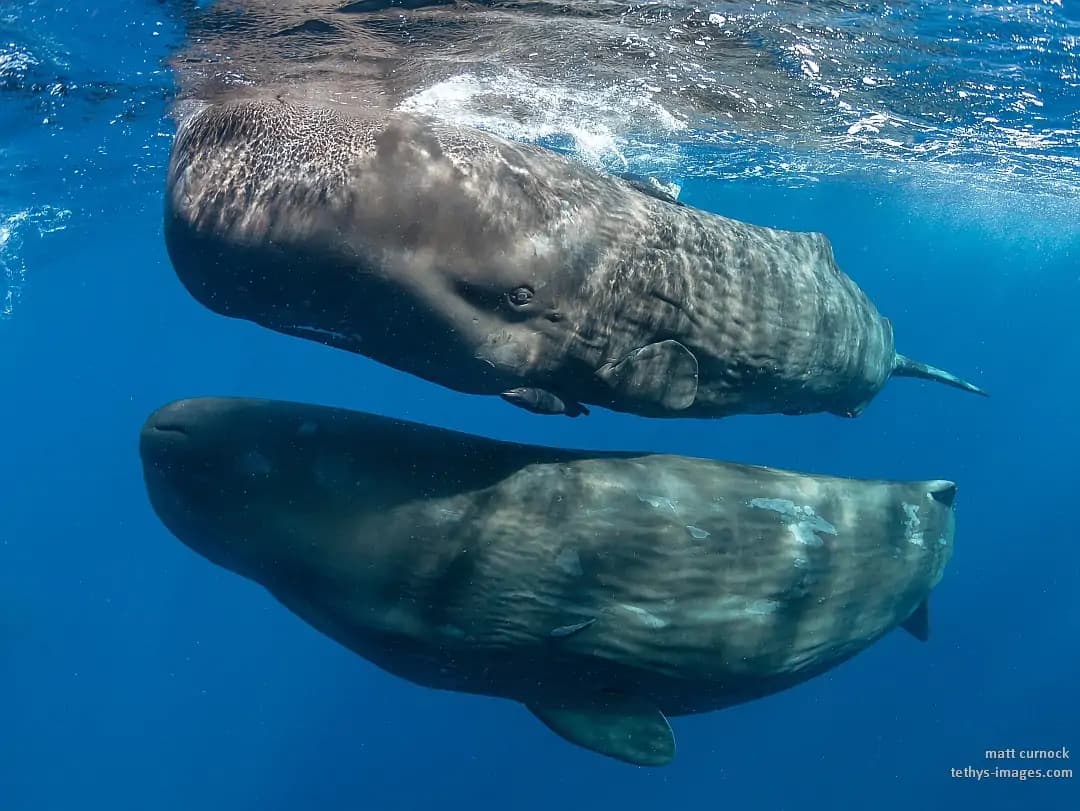How did you get started in underwater photography?
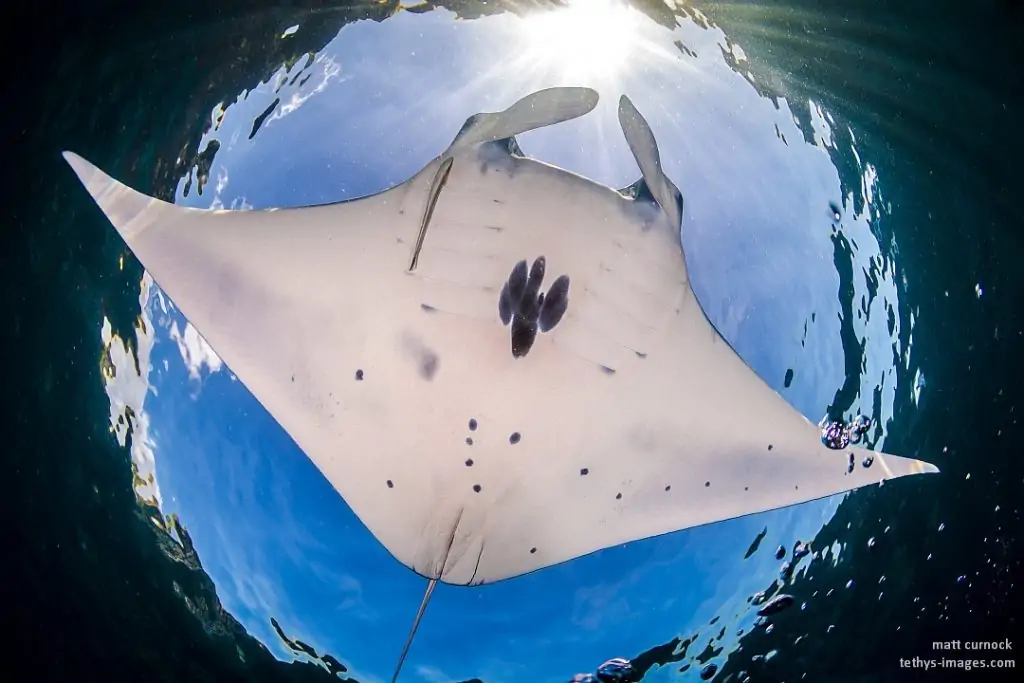
In the year 2000, before starting my PhD, I was a research assistant studying dwarf minke whales on the Great Barrier Reef. Compact digital cameras with housings were just becoming available, and we used them to photo-ID individual whales. I soon discovered wet lenses that could fit more of the whale in the frame and eventually upgraded to a DSLR fisheye system in 2010. As I’ve travelled and photographed more places I’ve upgraded bits and pieces and learned from other photographers on trips, enthusiasts and professionals alike.
What came first – diving or photography?
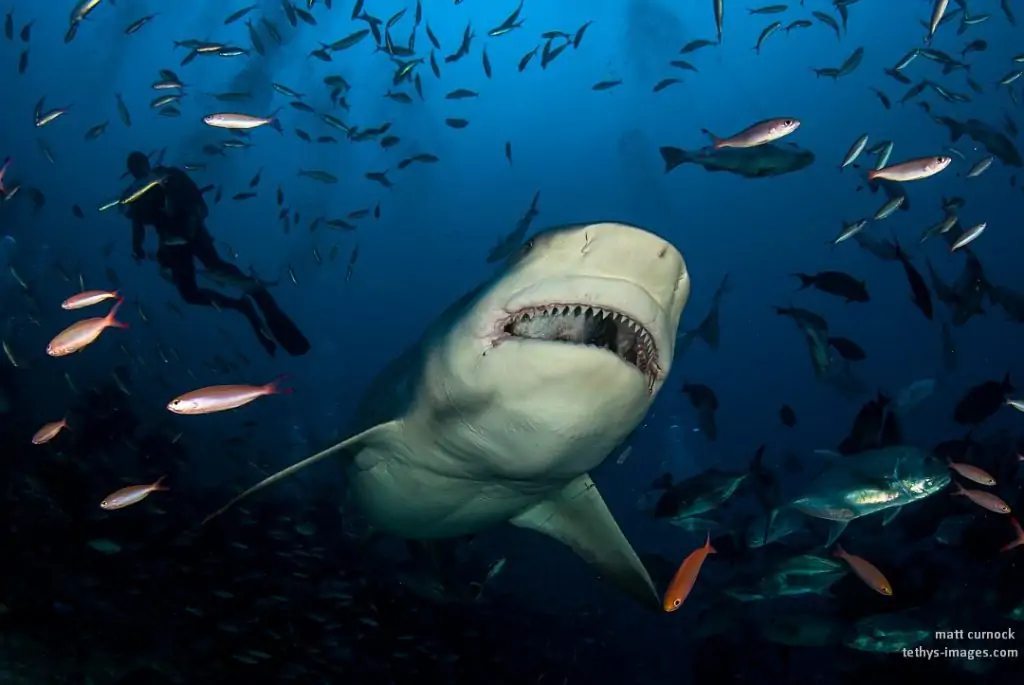
I’ve been diving since 1992, so became confident and relatively experienced underwater long before carrying a camera. I think my photography has benefitted from this, and I’ve learned how to photograph marine animals without harassing them or causing undue impact. Treating the environment and animals with respect is more important to me than getting a particular shot. As an environmental scientist, I’m also fortunate to have worked with and alongside many marine scientists doing fieldwork, allowing me to photograph their subjects and research activities, and gain a better understanding and appreciation for many threatened marine species.
What’s in your underwater photography kitbag?
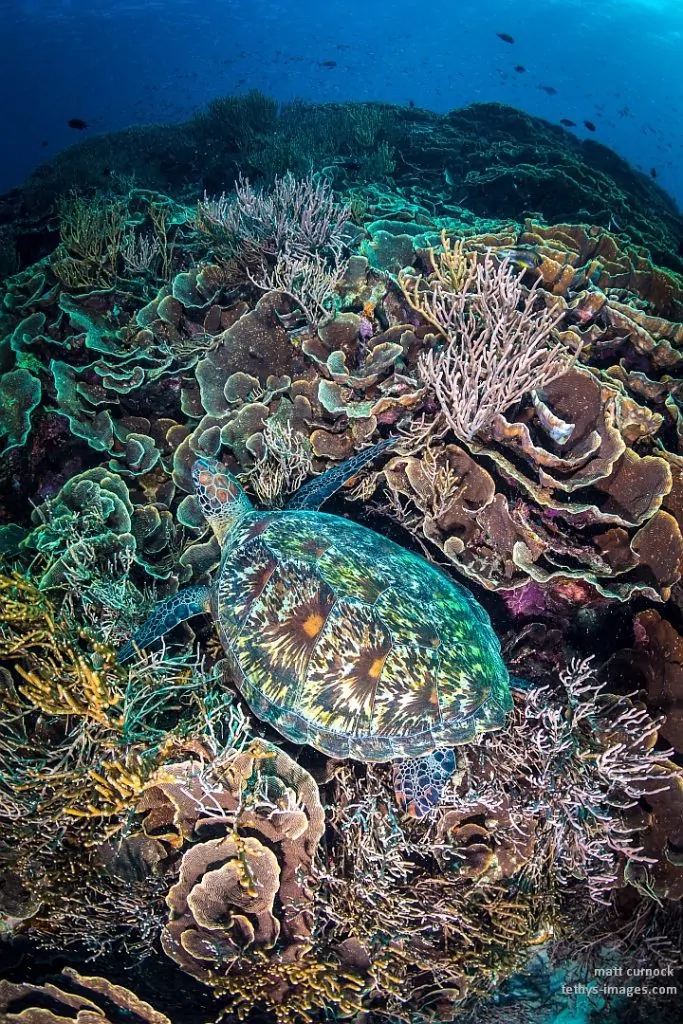
I use a Nikon D7200 with a Tokina 10-17mm lens in a Nauticam housing, with a pair of Inon Z240 strobes. I love the Tokina lens as it’s so versatile. I haven’t yet gotten into macro photography – I enjoy looking at great macro photos, but haven’t yet felt inspired to try shooting that way. CFWA, megafauna and reef-scapes are my favourite things to photograph.
Favourite location for diving and underwater photography?
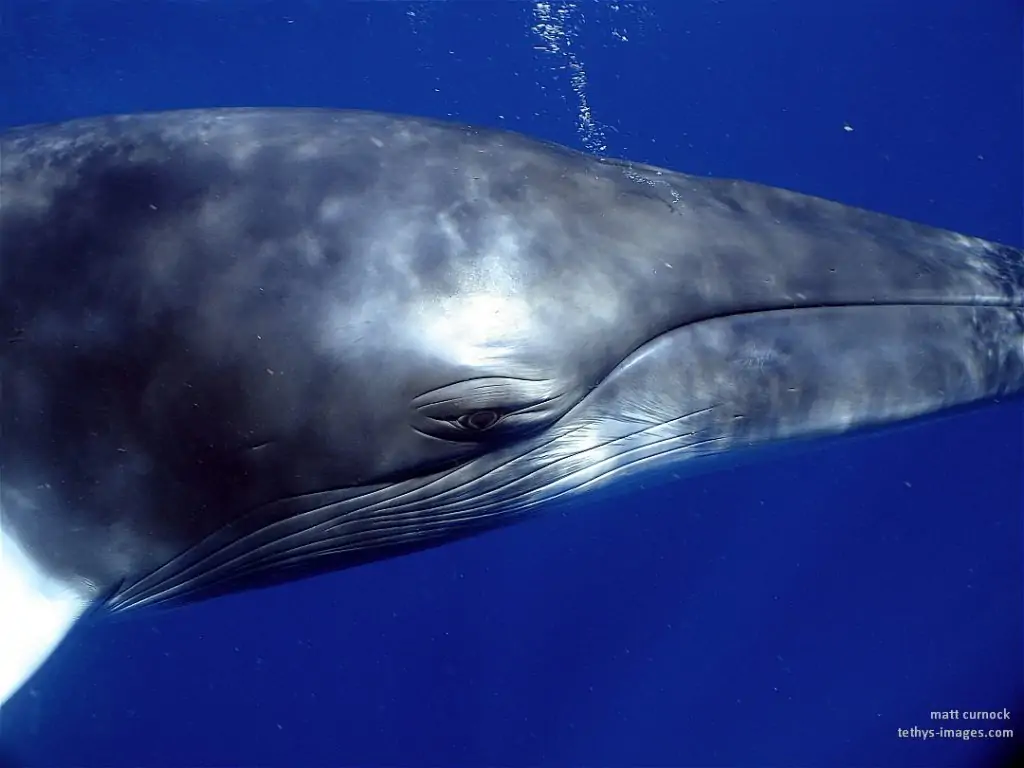
There are some fantastic spots on the Great Barrier Reef that never cease to inspire me. The SS Yongala wreck near Townsville, Australia might be my all-time favourite dive site, and a couple of spots in the Ribbon Reefs, north of Cairns, particularly during the June-July minke whale season when a whale might suddenly appear during your dive and check you out. I’m still exploring, whenever I can find time between work and family. Some of my other highlights have been Komodo (coral gardens, mantas), Dominica (sperm whales), Fiji (sharks and soft corals) and Tonga (humpbacks, great vis).
Most challenging dive?
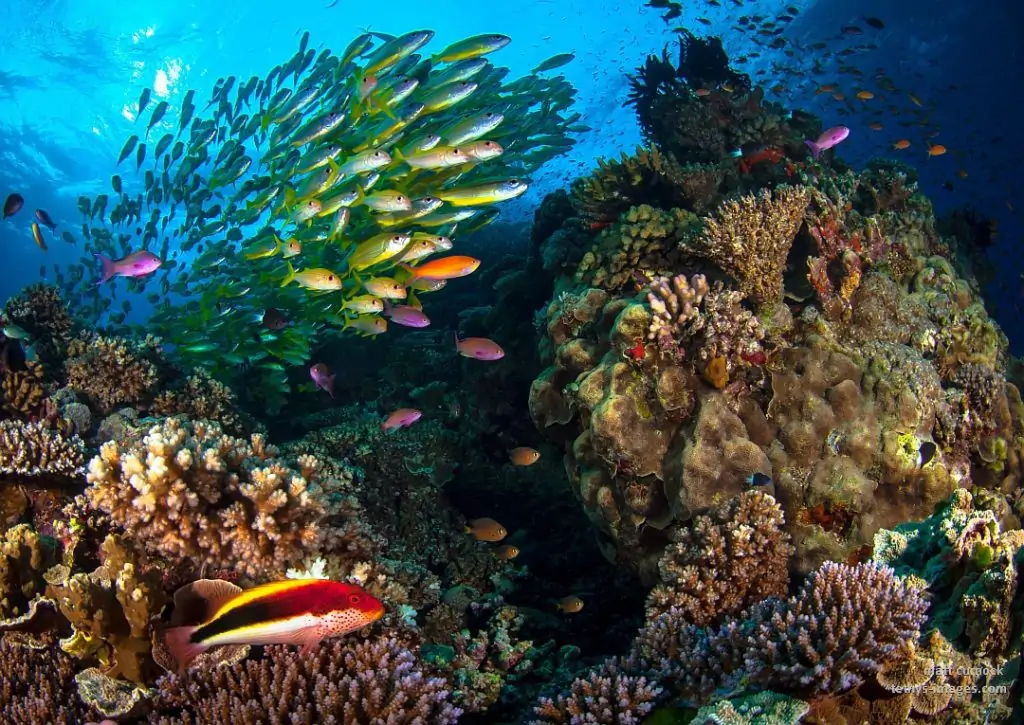
The current at the Yongala wreck can be frightening at times, but this is when the fish, sharks, rays, etc. are most active. Thankfully I’ve had good dive buddies (including my wife Susan) who were there for me when I needed a hand/leg to cling to while attempting to take photos in the ripping current. I’m always conscious of the remoteness of many great dive locations and am proportionately conservative with managing risks, especially since becoming a father.
Who are your diving inspirations?
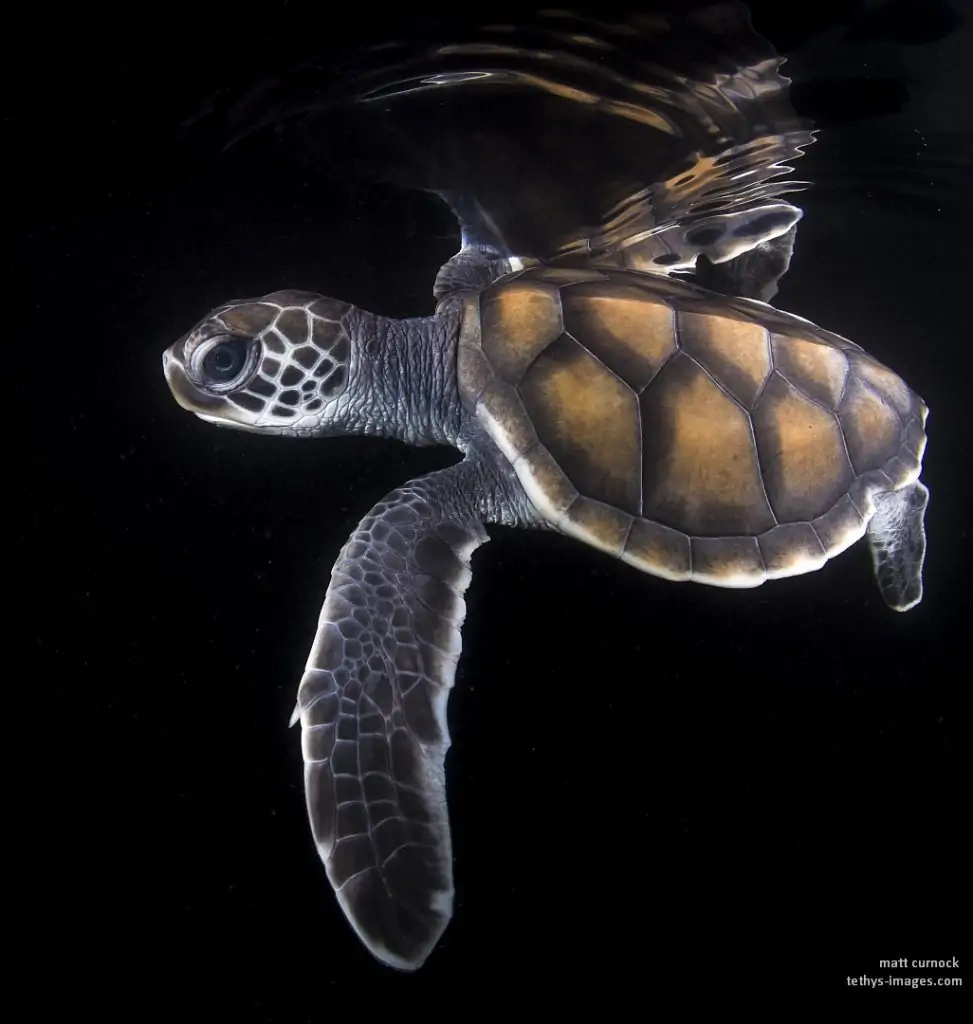
I feel fortunate to have met and learned from numerous professional and expert photographers, but I think I’ve gained the most from interactions with scientists who have shared their deep knowledge of marine species and habitats. Underwater photographers whose images I’ve been most inspired by include Julia Sumerling, Juergen Freund, Tony Wu, Flip Nicklin and Keri Wilk. I frequently refer to Alex Mustard’s ‘masterclass’ book, and love all the great published works by David Doubilet, Paul Nicklen and other underwater photography legends.
Which underwater locations or species are still on your photography wish list and why?
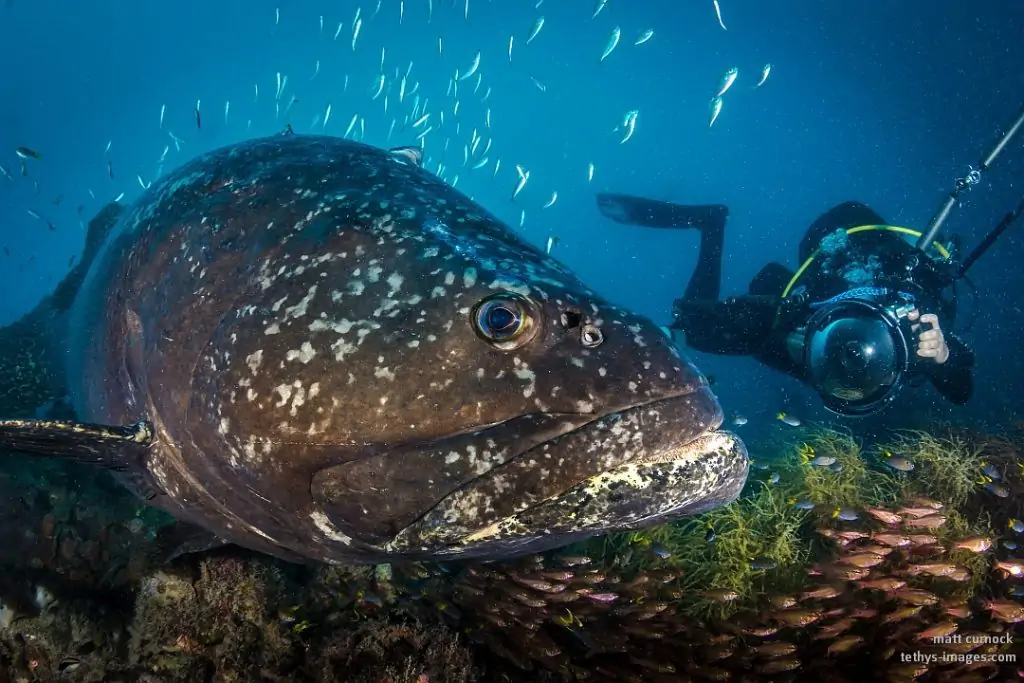
So many! The Galapagos, Antarctica, Norway, Sri Lanka, remote parts of Papua New Guinea, Raja Ampat and many others. I’ve swum with and photographed a number of different cetaceans (dwarf minke, humpback, Bryde’s, sperm whales, Hector’s and bottlenose dolphins) and would love to see more, especially blue whales and orcas. It might take me another 20 years to work through the wish list (which keeps growing), and I hope to share more of those experiences with my kids when they get older.
What advice do you wish you’d had as a novice underwater photographer?
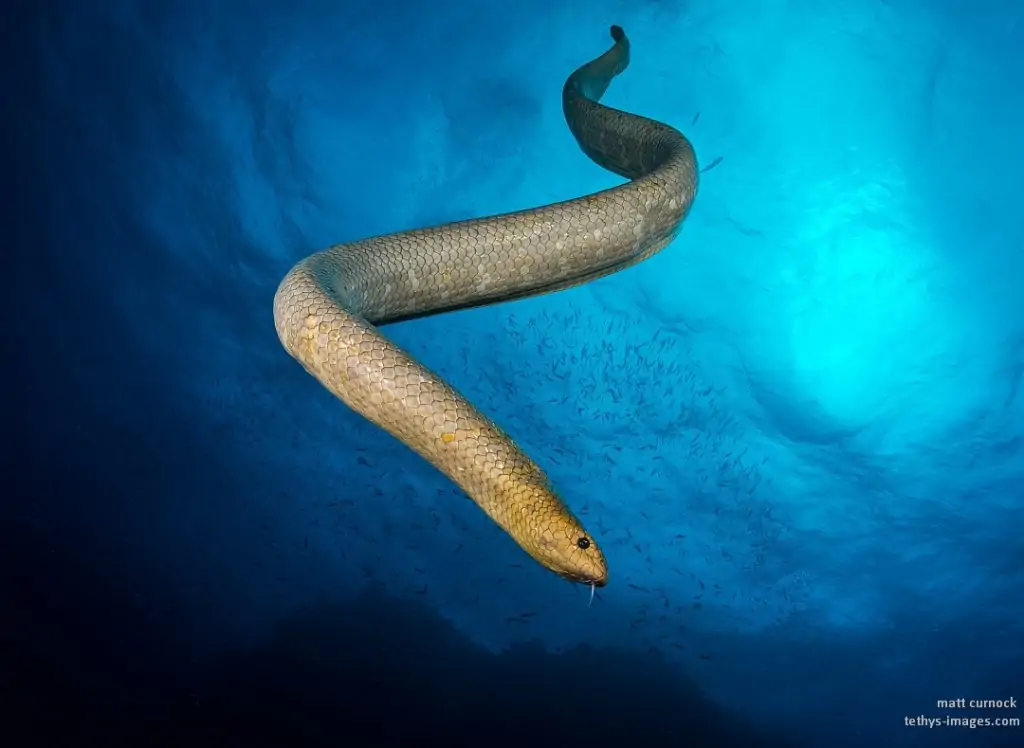
Umm, perhaps the pre-dive checklist and final function test of full camera rig before getting in the water. I’ve lost a bunch of potentially great photos due to hasty/lazy preparation. Lesson learned now I think…
Hairiest moment when shooting underwater?
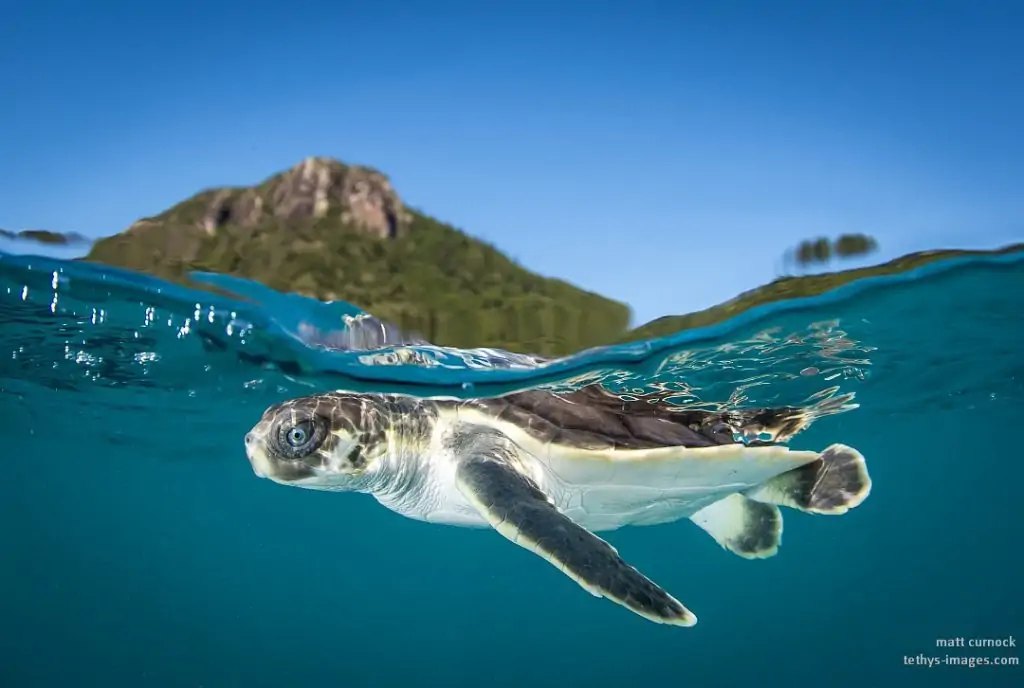
The dive site ‘Batu Bolong’ in Komodo has incredibly fast currents that whizz around the pinnacle. I was close to the ‘no-go zone’ when I noticed a whirlpool of bubbles streaming past, tugging at my shoulder. The dive guide saw me and his eyes were wide. I managed to retreat out of harm’s way and watched in awe as the bubbles were sucked from my regulator downwards around the pinnacle and into the abyss. Always listen to the dive guide!
Most memorable dive?
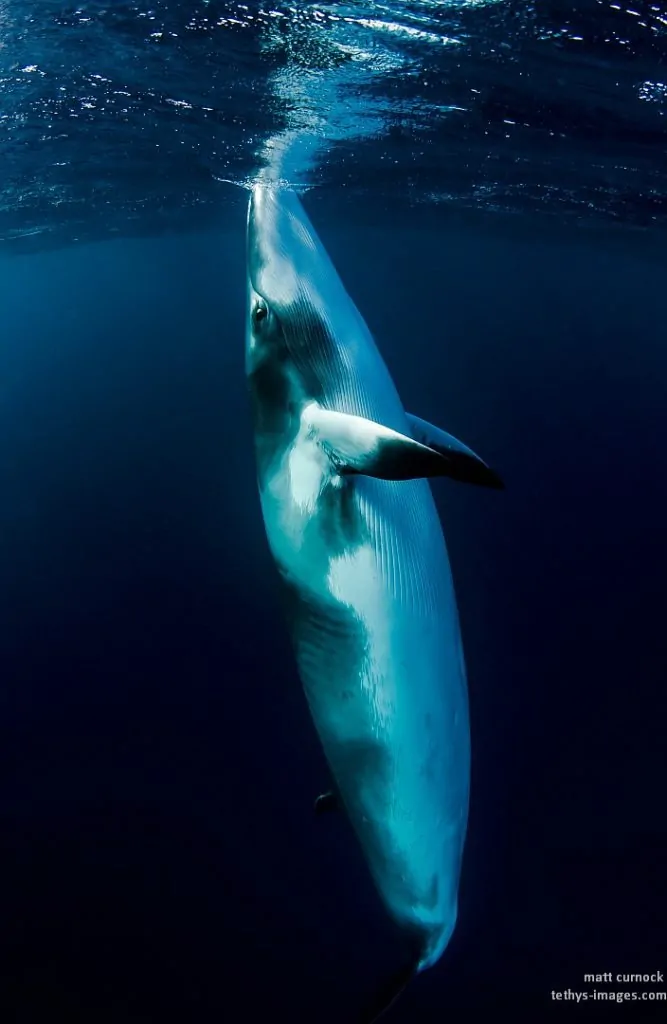
An exhilarating encounter with 30 or more dwarf minke whales in the Ribbon Reefs. One of the whales, ‘Pavlova’, was well known to us and was named for her behaviour displays in which she would do a submerged tail stand and pirouette, right beside divers and snorkelers, including myself. She was looking right at me, less than a metre away, and it felt like she was inviting me to dance with her. I was stunned, of course, and felt so small and clumsy in her environment. I didn’t have a good camera at the time, didn’t get very good pictures, but that didn’t matter.
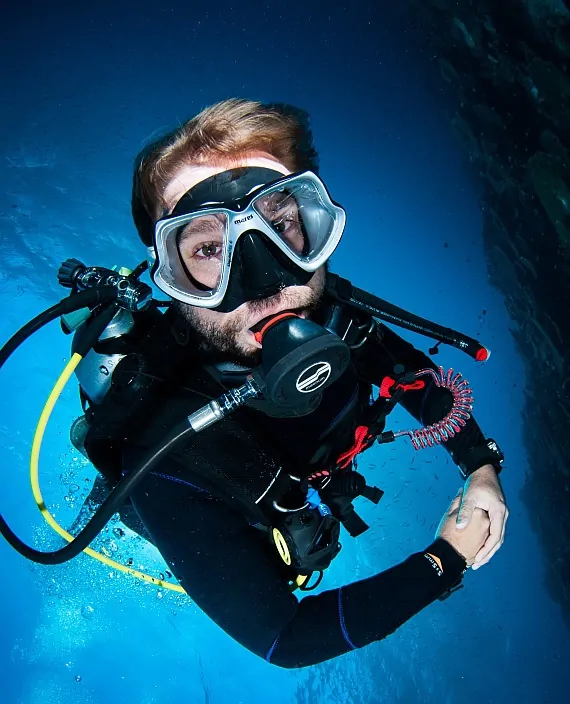
Often mistaken for a marine biologist, Matt is a social-environmental scientist based in Townsville, Australia. His research helps to solve natural resource management problems through social science. His PhD on the sustainable management of swim-with-minke whales tourism in the Great Barrier Reef, and ongoing work with the Minke Whale Project, have enabled him to study and photograph these charismatic whales each winter for nearly two decades. He continues to seek out close encounters with marine megafauna around the world, but enjoys diving and photographing the wonders of the Great Barrier Reef most of all. Matt’s images have been featured in a range of scientific, travel, scuba diving and conservation-related publications, and have won awards and accolades from several international photography competitions, including Underwater Photographer of the Year, Our World Underwater, Deep Indonesia, Australian Geographic, Beneath the Sea, and Nature’s Best Photography.
See more of Matt’s photos at his website Tethys Images and on Instagram: @matt_curnock
